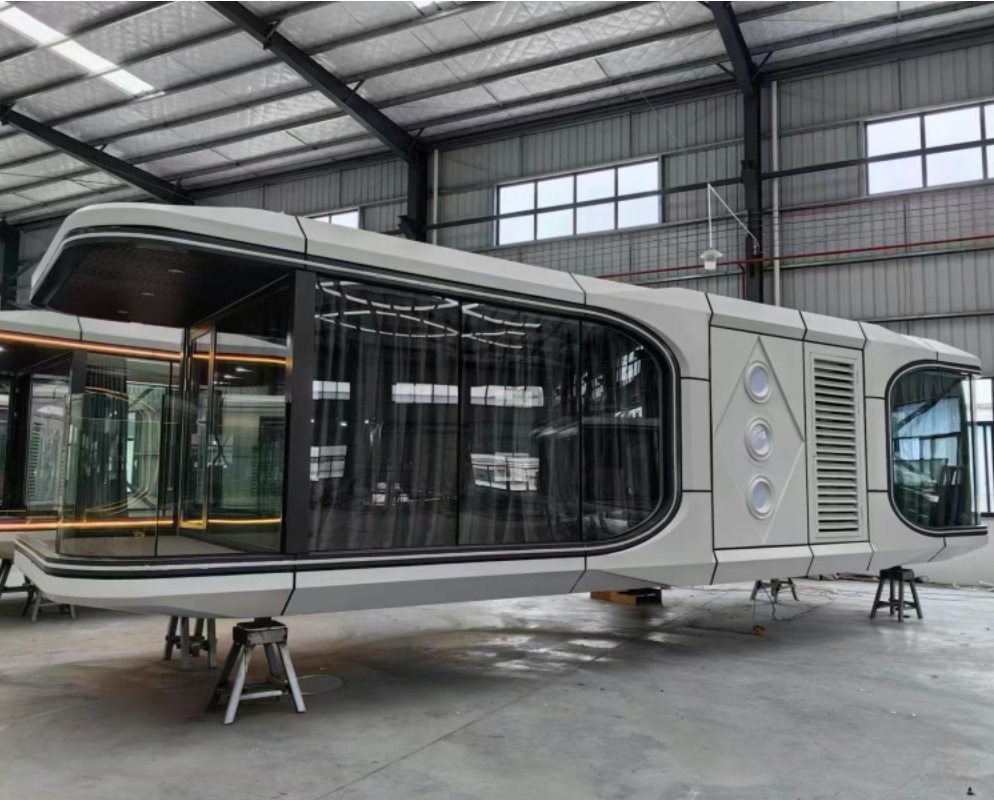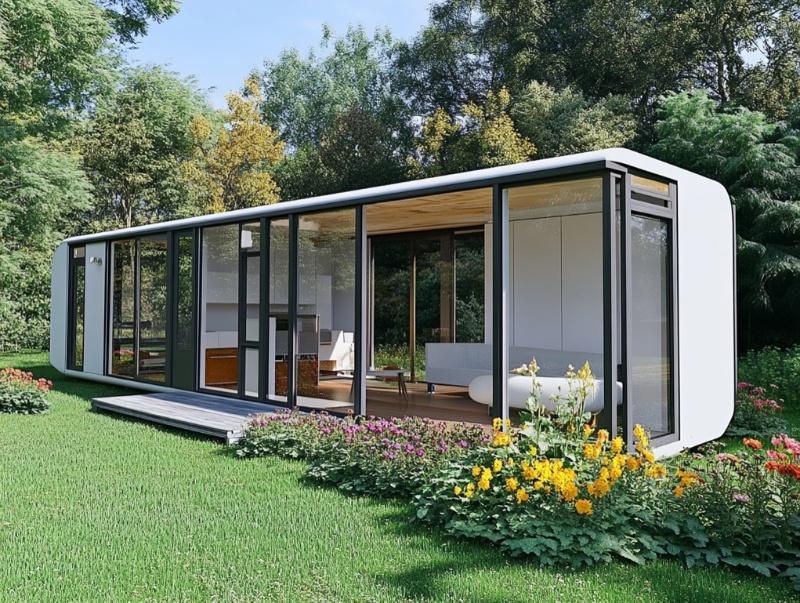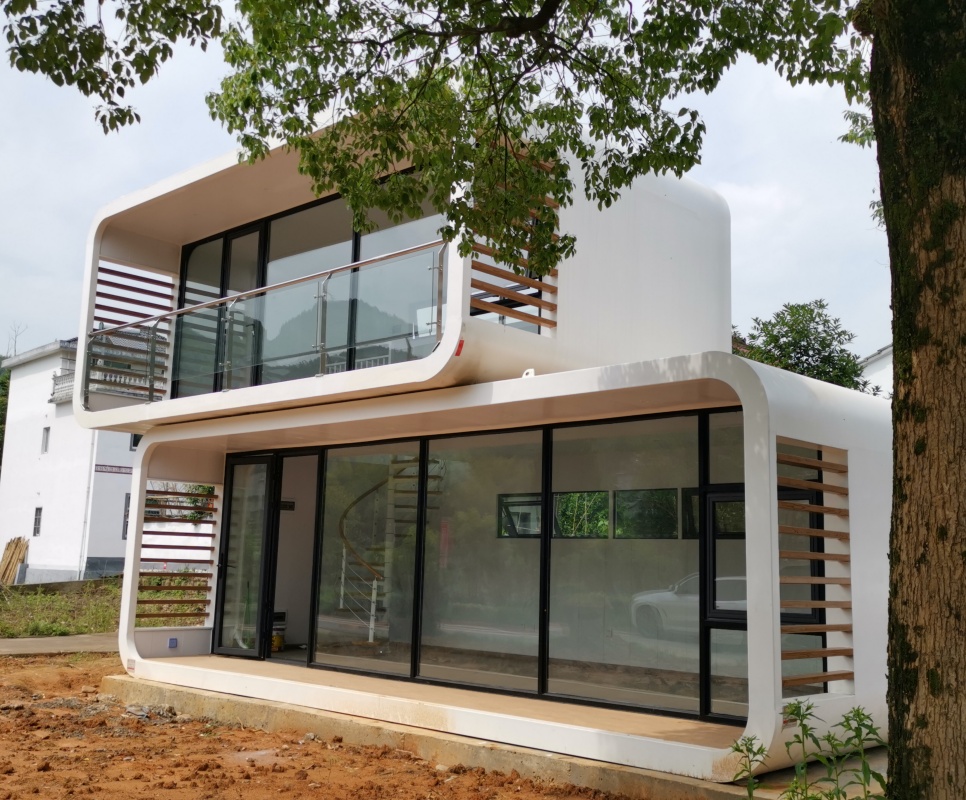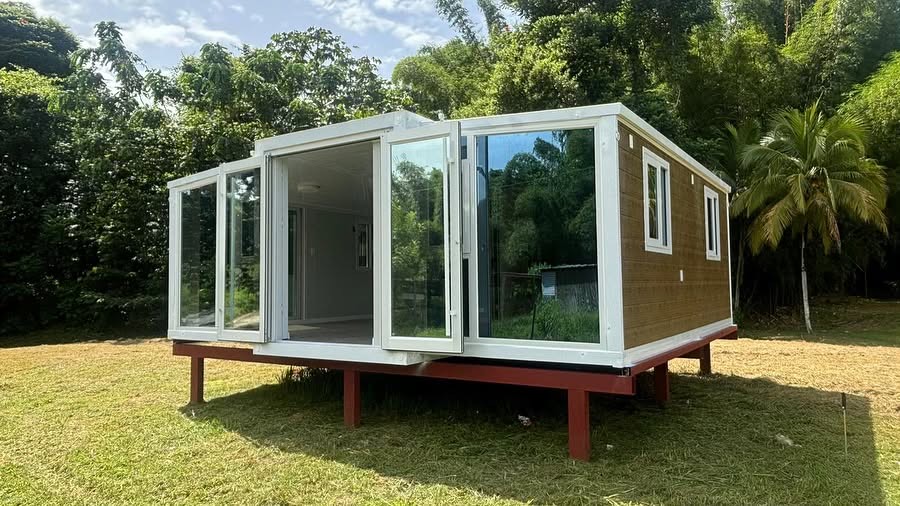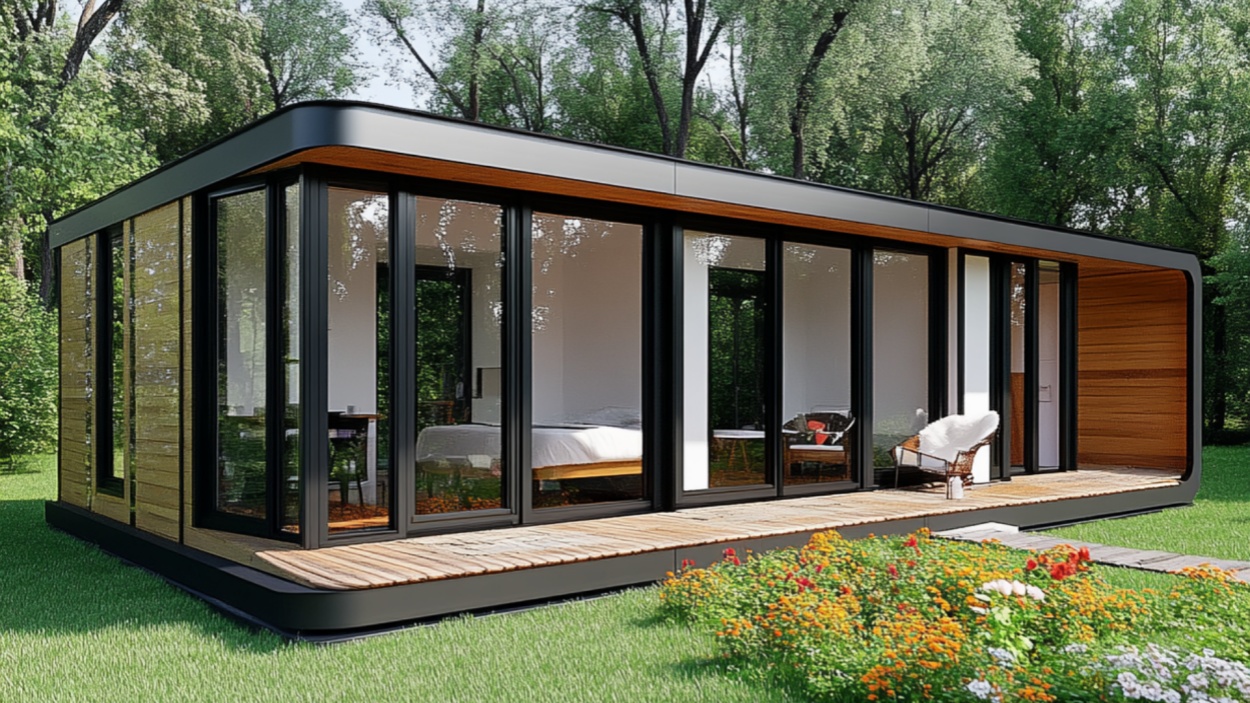Blog
Reimagining Urban Living: BV Basecamp’s Container Village in Buena Vista
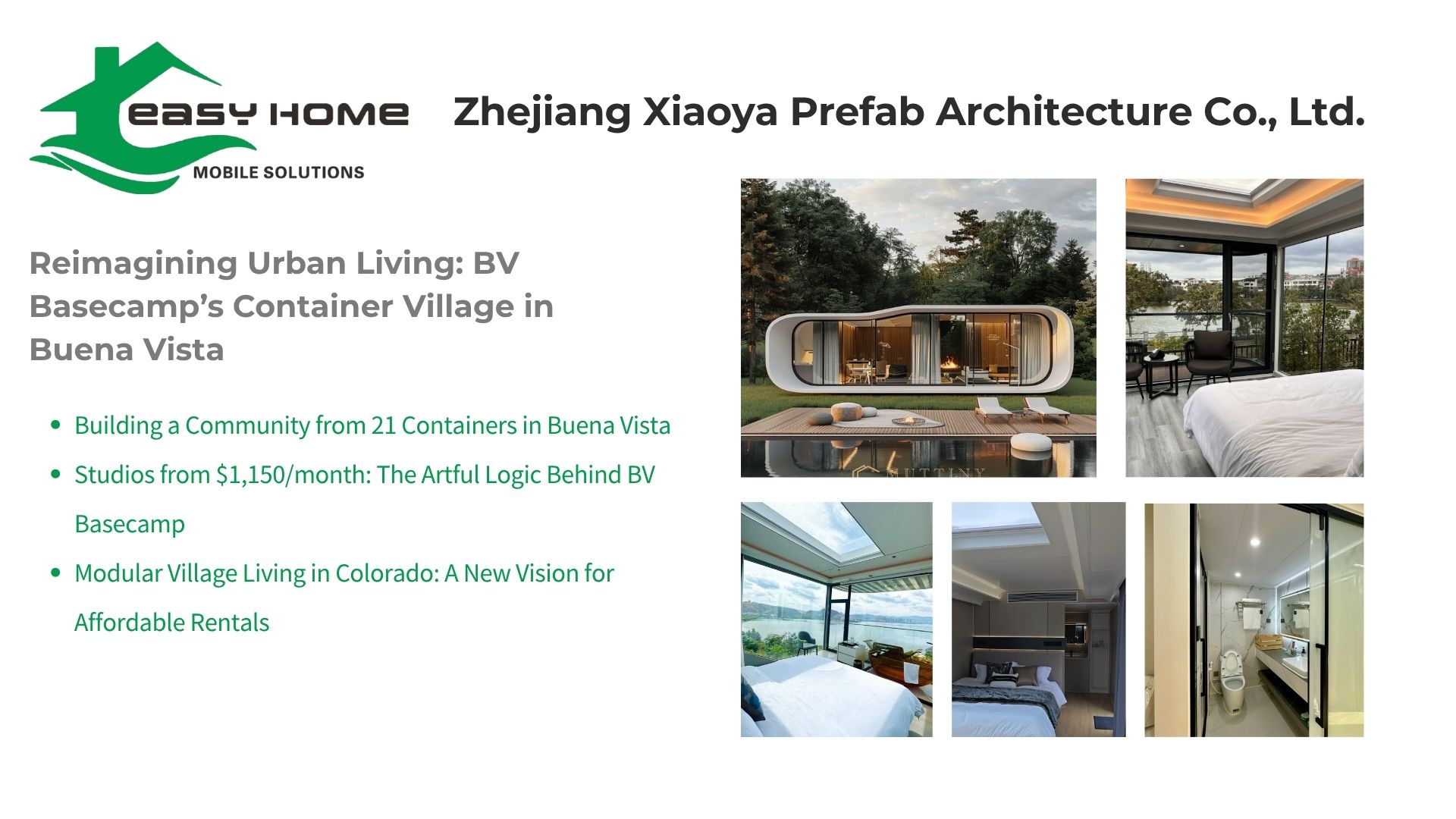
Table of Contents
-
Introduction: Container Community as Housing Innovation
-
Origins & Developer’s Vision
-
Community Masterplan: Structure & Layout
-
Unit Types, Pricing & Amenities
-
Smart Interior & Space‑Saving Design
-
Shared Facilities and Lifestyle Features
-
The Permitting Journey: Overcoming Regulatory Barriers
-
Design Meets Sustainability
-
Rent vs Local Housing Market in Buena Vista
-
Comparisons: Container Apartments vs Traditional Rentals
-
Replicability & Lessons for Other Communities
-
The Bigger Picture: Modular Housing Trends
-
Challenges & Developer Reflections
-
Conclusion: BV Basecamp’s Legacy and Lessons
✅ Main Article (2000+ Words)
1. Introduction: Container Community as Housing Innovation
Amid surging housing demand in small-town America, BV Basecamp stands out as a landmark experiment. Nestled in downtown Buena Vista, Colorado, this container-built community defies expectations by weaving together micro‑living, local artistry, and shared public space into a modular rental neighborhood. With 21 repurposed steel containers reimagined as 16 functional housing units plus shared studios and co-working zones, it showcases how innovative design and perseverance can reshape urban housing.
BV Basecamp was conceived by first-time developer Jerry Champlin, who acquired a residential lot in 2019 with hopes of building tiny-home clusters. After nearly four years of navigating Buena Vista’s zoning and building codes, Champlin pivoted to a shipping container model—ultimately stacking 21 units around a communal courtyard. His background in civil engineering and technology helped him embrace risk and persist through complex approvals.
3. Community Masterplan: Structure & Layout
The site features 16 living units housed within 21 shipping containers, with the remainder used as shared offices, studios, and storage. The containers encircle a central courtyard, furnished with fire pits, a communal pizza oven, bike storage, and outdoor work zones—creating a sense of a contained village. Solar design principles orient views toward Collegiate and Buffalo Peaks, seamlessly blending indoor life with mountain scenery.
4. Unit Types, Pricing & Amenities
BV Basecamp offers flexible layouts:
-
160 sq ft studios (single container): fully furnished, kitchens, ADA-compliant wetroom, rents from $1,050–$1,150/month depending on listing source.
-
Larger 640 sq ft units: built by combining four containers, featuring multiple bedrooms, full kitchens, bathtubs; rents up to $2,650/month.
These prices remain competitive to local averages (~ $2,000/month), offering value for high-design micro‑living.
5. Smart Interior & Space‑Saving Design
Interior design reflects efficiency and artistry:
-
ADA tiled wetroom bathrooms integrate shower and toilet without wasted space.
-
Sliding pocket doors remove swing clearance.
-
Custom 13-layer plywood shelving and closets, leveraging local beetle-killed ash wood.
-
Artistic tilework, Murphy beds, and foldable furniture maximize functionality and aesthetic cohesion.
Champlin describes the result less as housing and more as “an art project you live in.”
6. Shared Facilities and Lifestyle Features
Common amenities reflect BV Basecamp’s commitment to community:
-
Co-working office pods with panoramic views
-
Artist’s studio and lounge, equipped with piano and gear-repair tools
-
Central courtyard featuring firepit, pizza oven, communal grill, deck seating
-
Bike and gear storage, catering to Buena Vista’s outdoor lifestyle
-
Shared laundry and flex spaces, promoting spontaneous collaboration and networking
Champlin’s path to building was long and complex:
-
Four-year approval process, involving multiple municipal departments.
-
Required adaptation of codes for steel container insulation, fire sprinkler installation, cantilevering, and window requirements.
-
City officials acknowledged the need for regulatory flexibility but underscored the legal necessity of meeting existing standards.
This arduous process underscores institutional resistance to modular housing absent updated policy frameworks.
8. Design Meets Sustainability
BV Basecamp embodies eco-conscious design:
-
Upcycled shipping containers reduce new steel demand.
-
Reclaimed materials (ash bark wood, recycled decking tile).
-
High-performance insulation and efficient HVAC/LED lighting minimize utilities.
-
Compact footprints reduce site disturbance, and shared resources lower per-unit energy.
-
Planned rooftop solar expansion aligns with net-zero energy goals.
9. Rent vs Local Housing Market in Buena Vista
Buena Vista rent for conventional apartments averages around $2,000/month, making BV Basecamp’s studios ($1,150) and larger units ($2,650) comparable or lower, depending on size. This pricing offers a smaller but stylish alternative in a mountain town with few affordable options.
10. Comparisons: Container Apartments vs Traditional Rentals
| Feature | BV Basecamp Container Units | Conventional Buena Vista Rentals |
|---|---|---|
| Size | 160–640 sq ft | 400–1,200 sq ft+ |
| Rent | $1,150–$2,650/month | ~$2,000+/month |
| Build Time | 4 years (zoning + build) | 6–12 months |
| Sustainability | High (recycled, compact) | Varies |
| Community Integration | Courtyard layout, shared amenities | Traditional apt apartments |
BV Basecamp emphasizes design, efficiency, and environmental mindfulness over raw size.
11. Replicability & Lessons for Other Communities
BV Basecamp acts as a playbook for modular housing:
-
Utilize small infill lots for container clusters
-
Engage city planners early to facilitate code adaptation
-
Embrace mixed-use container modules for living + workplace
-
Design around community integrations like courtyards and studios
-
Leverage local materials for identity and cost savings
Wyatt Reed, partnered architect, is developing trade pathways to reduce labor cost and integrate steel and wood craftsmanship in future builds.
12. The Bigger Picture: Modular Housing Trends
Container villages in Colorado such as BV Basecamp reflect broader market shifts:
-
Housing affordability crises drive alternative models
-
Post-pandemic remote work increases demand for centrally located micro‑units
-
Modular and prefab housing reduce waste and expedite delivery
-
Lifestyle-oriented co-living gains traction over typical apartment formats
Municipalities from Austin to Portland are watching BV Basecamp for cues on policy reform.
13. Challenges & Developer Reflections
Jerry Champlin reflects candidly:
-
Unexpected costs ballooned budget ~30%, pushing total spend nearly to $3.5M, limiting ability to lower prices.
-
Zoning rigidity and code ignorance caused overruns in expenses (e.g., sprinklers in steel) and timeline delays.
-
Communicating value was essential—educating local government and community on the benefits of container modular design.
Despite hurdles, Champlin sees BV Basecamp as a success of intent, community, and design ambition. The Colorado Sun+4kunc.org+4Threads+4The Colorado Sun
14. Conclusion: BV Basecamp’s Legacy and Lessons
BV Basecamp is more than a housing project—it’s a modular manifesto for how community, sustainability, and design-aware micro-living can converge. In a small Colorado town constrained by rising rents and traditional zoning, it demonstrates that shipping containers can be transformed into vibrant, desirable homes when vision meets tenacity.
As cities and developers seek affordable, sustainable alternatives, BV Basecamp stands as a powerful case study in how modular innovation can reshape housing landscapes, even under regulatory inertia.
Pls check www.easyprefabhouse.com and send inquiry to dzswb@hzxiaoya.com




